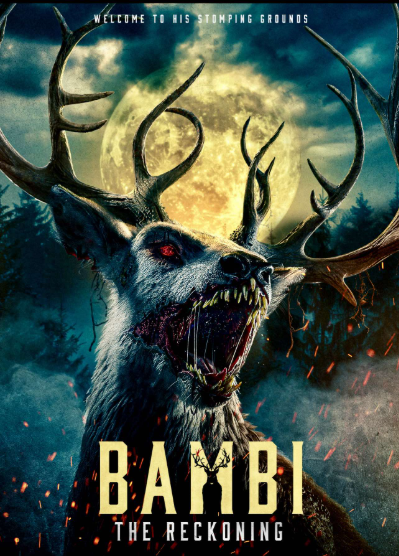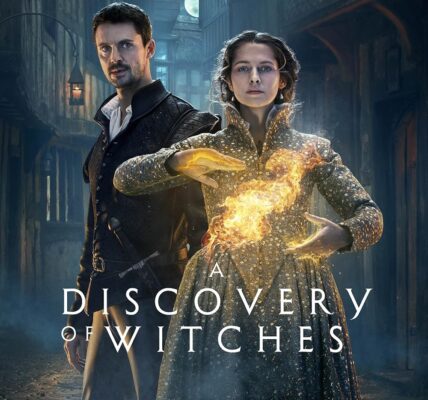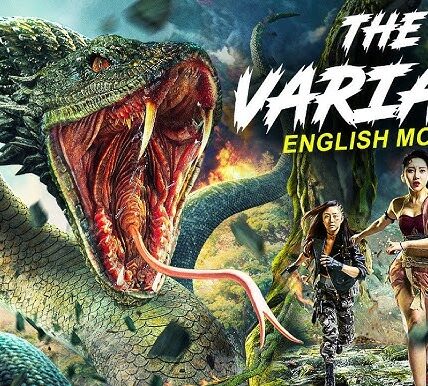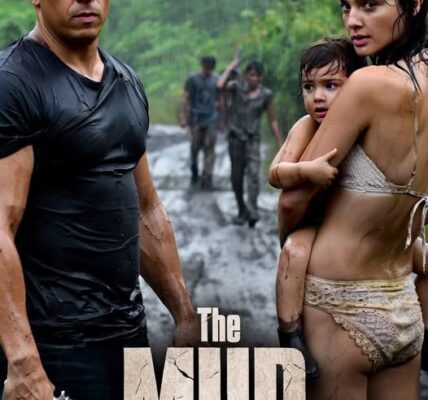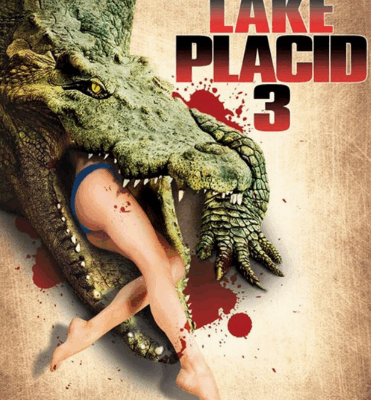1. Plot Summary
“Bambi: The Reckoning” is a dark, twisted take on the classic Bambi story. It begins with a fawn, Bambi, whose mother is killed by a hunter. Eventually Bambi meets Faline, they have a fawn, but tragedy strikes again: Faline is fatally hit by a truck carrying toxic waste from a local pharmaceutical company, and their fawn is kidnapped. Bambi also drinks from the contaminated river, mutating him into a monstrous, rage-driven creature.
In the present, Xana and her young son Benji are traveling to visit Simon’s family for Thanksgiving. On the way, Bambi attacks their taxi. They escape to the home of Simon’s family: his mother Mary (who has dementia), brothers Andrew and Joshua, and others. Meanwhile, hunters employed by Simon’s company are also tracking Bambi. As the night progresses, Bambi launches a bloody rampage: killing various family members and hunters, pursuing Benji, Xana and others, in increasingly brutal ways. Eventually, more truths are revealed: Simon is implicated in the toxic waste spill and the kidnapping. The climax involves attempts to return the fawn to Bambi, confrontations, and tragic deaths all around.
2. Notable Elements
What works / standout features:
- Creature Design & Horror Aesthetic: The mutated Bambi is presented with horror creature attributes—antlers, animalistic violence, muted but grotesque features. The CGI and effects are criticized but in many scenes they manage to generate tension and a monster that “feels” ominous.
- Use of Childhood Familiarity Twisted: Using a beloved childhood character (Bambi) and turning him into a horror monster taps into nostalgia and subversion. That contrast gives the film a certain shock value.
- Setting & Atmosphere: The forest, the house, the isolation, the odd behavior of Mary (dementia, drawings of Bambi), etc., build mood. Night scenes, pursuit, claustrophobic tension when the family is trapped.
- Balance of Carnage & Family Drama: While much of the movie is horror and creature attacks, there are human relationships (mother/son, estranged father, family members) that add emotional stakes. It’s not just monster vs victims, but moral culpability (who is responsible for environmental harm, who is protecting whom).
What doesn’t quite land:
- Pacing & Logic Lapses: Some critics note that character decisions are sometimes implausible or plot-devices are thin. For example, the family splitting up in dangerous situations, or someone behaving in a way just to enable the monster attack.
- Effectiveness of CGI vs Budget Limits: While creature design is improved relative to some previous TCU entries, the effects are still uneven. At certain moments, lighting or framing are used to mask weaknesses, but sharp scrutiny shows limitations.
- Tone Mix / Emotional Depth Variation: Some viewers feel that while the horror is strong, the emotional character moments are under-developed; the family drama doesn’t always feel fully earned, which can make it harder to care deeply in some of the death scenes.
3. Themes & Messages
- Revenge & Grief: Bambi’s monstrous transformation is driven by grief (loss of mother, loss of companion, loss of child) and a desire for revenge against humanity’s careless cruelty. That is central.
- Environmental Toxicity / Human Impact: The toxic waste spill is crucial — environmental negligence causes mutation, and the film frames corporate irresponsibility (Simon’s role) as complicit in the tragedy.
- Loss of Innocence / Corruption of Childhood: Bambi is originally innocent; as the film progresses, innocence is corrupted (both for the animal and for human characters). The horror reimagining is about how trauma and human misdeeds can transform what is pure and gentle into something violent.
- Family, Betrayal, and Accountability: Relationships—between mother and son, between husband/father, between generations—are tested. The revelation that Simon is responsible ties into themes of betrayal. Also Mary’s dementia and her knowledge / sketches of Bambi suggest hidden guilt or connection.
4. Personal Impressions
What I liked:
- The idea of a horror-remake of Bambi is bold, and Bambi: The Reckoning leans into that boldness rather than trying to stay meek or subtle. The monster action is visceral, and there are memorable kill scenes and moments of dread.
- The contrast between human wrongdoing (poaching, toxic dumping, kidnapping, cover-ups) and the monstrous justice that emerges works thematically. It’s not purely shock; there is an underlying accusation of environmental abuse and moral failure.
- The family dynamics, while sometimes underdeveloped, do give some emotional roots: Benji and his mother Xana as protagonists are sympathetic; characters like Mary add a weird, creepy edge.
Where it’s weaker:
- I felt that some character arcs were too thin; when someone dies, the impact sometimes lacks because we didn’t get enough time to understand them.
- Some horror moments feel predictable: typical “door creaks, someone looks outside, monster appears”-type scenes. Also the logic of some escapes or decisions feels driven more by plot than character.
- The ending is messy in places; sacrificing certain characters or twists work, but others feel forced to wrap up the monster arc rather than emerging organically from the setup.
5. Audience Recommendations
You’ll especially enjoy Bambi: The Reckoning if you:
- Like creature-feature horror, especially “fairytale turned dark” subversions.
- Don’t mind some gore, grotesque kills, and monster horror that isn’t high-budget but aims for impact.
- Appreciate environmental horror and twistings of childhood stories — watching something familiar but corrupted.
Might be less enjoyable for:
- Those who prefer tightly written character development and high emotional depth.
- Viewers expecting subtle horror or a slow burn; this is more direct, violent, and sometimes over-the-top.
- Those sensitive to gore or who dislike creature design that’s CGI-heavy or uneven.
6. Conclusion & Rating
Bambi: The Reckoning is a mixed but interesting entry in the Twisted Childhood Universe. While it doesn’t fully transcend the limitations typical of indie creature horror (budget, depth of character), it offers enough monster mayhem, thematic weight (environmental damage, grief, revenge), and shock value to be entertaining if approached with the right expectations.
Final Recommendation: If you’re in the mood for a horror movie that’s absurd, bloody, and conceptually bold, this is worth a watch. Don’t expect it to be high art, but enjoy the ride.
Five-Star Rating: ⭐⭐½ out of 5
Watch more:
